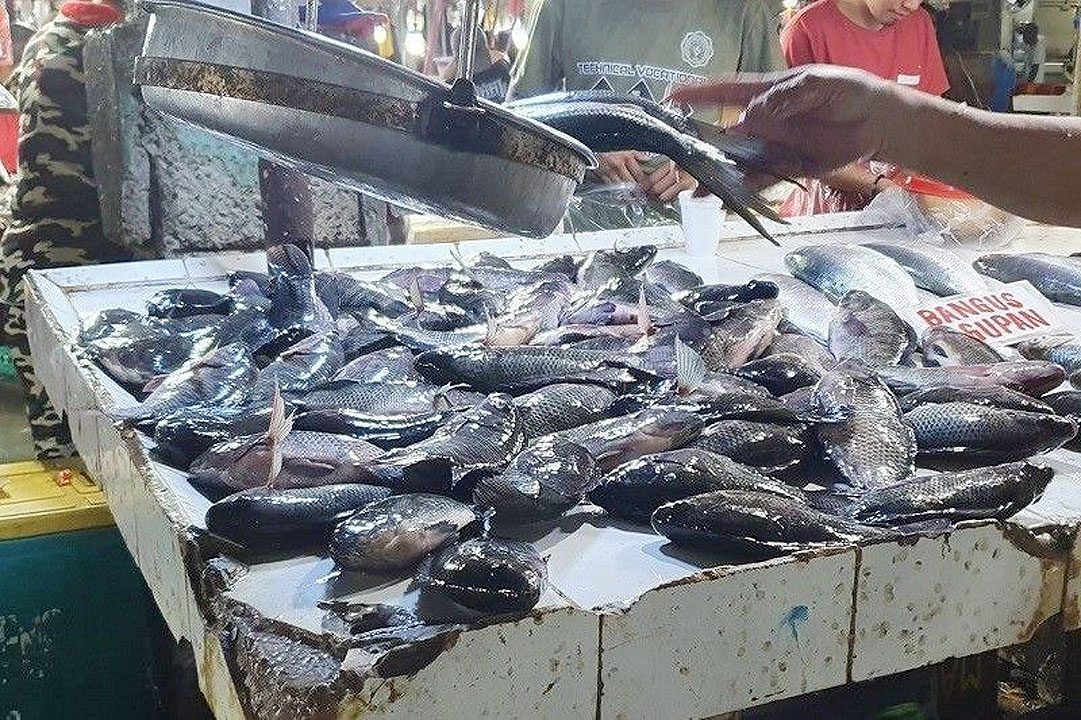Fish imports not seen offsetting impact of closed season, fuel prices

FISH IMPORTS will not make up for the impact of closed fishing seasons and the dampening of fishing activity due to high fuel prices, the Department of Agriculture (DA) told a House of Representatives committee on Monday.
“The fish resources of our country are actually depleted,” Agriculture Secretary Francisco Tiu Laurel, Jr. told the House agriculture and food committee. “The import request… of 35,000 metric tons (MT) this year is not enough.”
The Philippine fish supply is projected to be in deficit by 358,977 MT in the fourth quarter, widening by 20.77% from the previous quarter, Agriculture Assistant Secretary Arnel V. de Mesa told legislators.
The deficit is equivalent to 38 days’ demand, he said.
In an Aug. 15 memorandum circular, the DA said that the Philippines will import frozen round scad or galunggong, bigeye scad, mackerel, bonito, and moonfish for sale in wet markets.
The closed fishing season for sardines in northern Palawan and Zamboanga Peninsula started this month and will run until Jan. 31 and Feb. 15 next year, respectively.
Under the Philippine Fisheries Code, closed fishing seasons are declared over certain fisheries to help fish stocks regenerate.
Mr. Tiu Laurel also said that high fuel prices caused by the war in Ukraine have discouraged commercial and municipal fishermen from leaving port.
“A lot of fleets just stop fishing if they see (poor) yields. Usually, in commercial fishing, we stop at around November, but now, as early as September, others have been stopping,” Mr. Tiu Laurel, a former commercial fisherman, said.
Meanwhile, rice production rose 0.22% year on year to 3.80 million MT, Mr. De Mesa said.
He said rice supply of 7 million MT is currently “larger than demand,” which was estimated at 4.02 million MT for the fourth quarter of the year, implying a rice surplus of 2.98 million MT.
Land planted to rice declined 0.51% year on year to 926,923 hectares (ha) in the third quarter, Mr. De Mesa said.
He also said that the DA is expecting 176,932 MT of imported rice to arrive in the fourth quarter.
“To date our imports have totaled 2.86 million MT. This is very significant reduction versus (a year earlier), when imports were at 3.8 million MT,” he said.
Albay Rep. Jose Ma. Clemente S. Salceda said that a campaign promise made by President Ferdinand R. Marcos, Jr. to lower rice prices to P20 per kilogram is “not impossible” with subsidies.
“We can set up a subsidy fund for it. If there’s no NFA (National Food Authority), then somebody can do it. If he wants (rice that costs) P20, it’s not impossible,” he told the committee.
Under Republic Act 11203 or the Rice Tariffication Law of 2019, the NFA’s role has been reduced to maintaining an emergency buffer stock sourced from domestic farmers.
Agriculture Undersecretary Mercedita A. Sombilla told legislators in August that it may be difficult to bring rice prices down to P20 within the next two years.
The Philippines has overtaken China as the world’s top rice importer for the marketing year 2022 to 2023, according to the US Department of Agriculture. — Beatriz Marie D. Cruz



